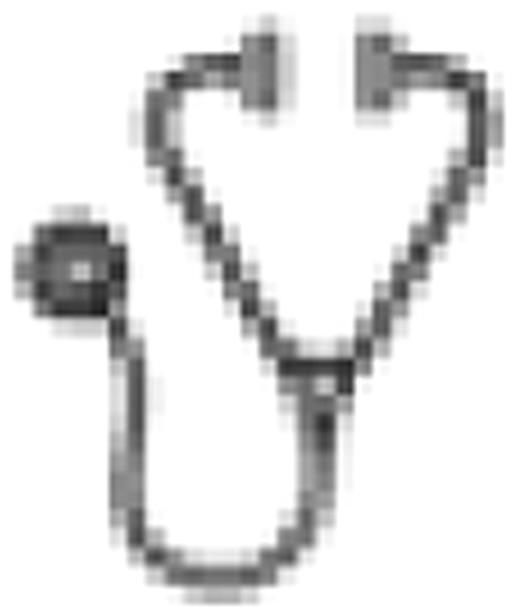Abstract
Abstract 4006
According to WHO, the recommended requisite percentage of cells manifesting dysplasia in the bone marrow to qualify as significant is ≥ 10% in one or more hematopoietic cell lineages. However, routine diagnostic of bone marrow smears often reveals atypical hematopoietic cell morphology in non-malignant disease, systemic infection or inflammation as well as a physiological phenomenon. Normal values of differential counts of bone marrow aspirates are based on the analysis of very few healthy subjects. Therefore the threshold of 10% is controversial.
We investigated dyshematopoiesis in bone marrow (BM) smears of 120 healthy bone marrow donors, who had undergone thorough investigation prior to a harvest in general anesthesia. Samples were taken from the first aspiration during the harvest.
Bone marrow preparation and assessment of myelodysplasia was performed as recommended by the WHO (Vardiman et al. 2008) and according to ICSH guidelines (Lee, Erber et al. 2008). The bone marrow smears were examined independently by four experienced morphologists. Each investigator had to do a 200-cell differential count of all nucleated cells, and 100 cells of erythropoiesis, 100 cells of granulopoiesis and 30 cells of megakaryopoiesis were assessed for the degree of dysplasia. Finally, the individual results were averaged. Subgroups were defined by gender (63 male, 57 female donors), age groups (<30, 31–40, >40 years old with the oldest donor being 51 years), smoking status and regular alcohol intake. T-Tests for independent samples were used for analysis of difference of means between two groups. If more than two groups were compared analysis of variance was performed with additional post-hoc adjustment for all group comparisons.
The peripheral blood counts of all donors were in the normal range. Mean results for hemoglobin were 9.0 ± 0.8 mmol/l and for serum ferritin 67.9 ± 65.2 μg/dl. The proportion of cells with dyserythropoietic changes was 8.2 ± 4.4 %, with 32% of all donors showing > 10% dysplastic changes (33% of the female and 32% of the male donors). None of the donors had >50% dyserythropoiesis. Ring sideroblasts could not be found within the iron stain. Mean dysgranulopoietic changes were found in 13.9 ± 5.5 % the cases, with 51% of all donors showing > 10% dysgranulopoiesis (59% of the female and 43% of the male donors). 5% of the female donors showed > 50% dysgranulopoiesis. No auer rods or excess of blasts were found. Mean dysmegakaryopoietic changes were 8.3 ± 5.6 %, with 29% of all donors showing >10% (36% of the female and 22% of the male donors; none > 50%). There were no significant differences of dyserythropoiesis according to age. In contrast, donors below the age of 30 years showed significantly more dysgranulopoietic cells (18.3% versus 11%, p=0.05) compared to donors above the age of 40 years. In parallel, donors below the age of 30 years had significant more dysmegakaryopoietic cells compared to donors above the age of 40 years (10.4% versus 5.3%, p<0.0001). 31% of all BM donors showed >10% dysplastic changes in 2 (33% of the female and 29% of the male donors) and 6.5 % in 3 cell lineages (8% of the female and 5% of the male donors) respectively. No significant differences in dyshematopoiesis could be detected regarding sex, smoking status or regular alcohol intake.
85% of the BM smears were normocellular and 15% hypocellular. No significant differences were found with an uncorrected Chi-square-Test comparing bone marrow cellularity in the respective age groups.
More than 10% dysmyelopoiesis could be detected in 37% of the bone marrow smears with 31% in ≥ 2 cell lineages (6,5% in 3 cell lineages) in healthy bone marrow donors. These findings suggest that the threshold of ≥ 10% for the percentage of cells manifesting dysplasia in bone marrow to qualify as significant should be questioned, especially when other MDS-related changes (e.g. cytogenetic abnormalities) are lacking. Unexpectedly, donors below the age of 30 years exposed more dysgranulopoietic and dysmegakaryopoietic changes compared to the elder donors.
No relevant conflicts of interest to declare.

This icon denotes a clinically relevant abstract
Author notes
Asterisk with author names denotes non-ASH members.

